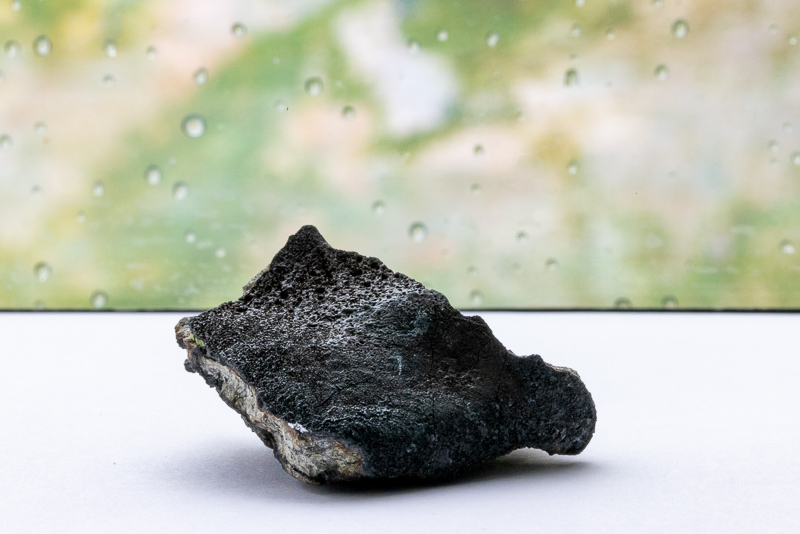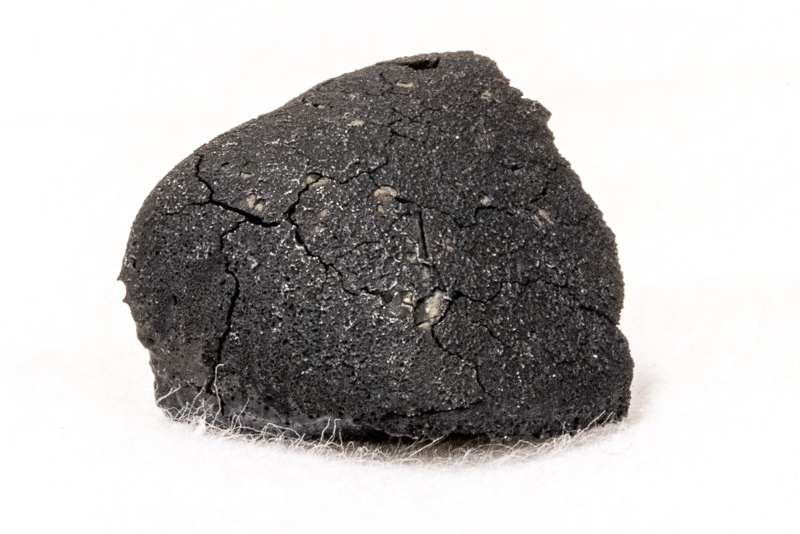The Impact of Asteroid Day
For immediate release ‐ June 30, 2023
Contact: Micah Beasley, 919.707.9970. Images available upon request
Video: Aleksandr Ivanov, CC BY 3.0, via Wikimedia Commons. (Trimmed)
By Rachel L. Smith, Head, Astronomy & Astrophysics Research Lab and Curator, Meteorites
Let’s take a moment to marvel at our asteroids, ancient relics from planet formation about 4.6 million years ago! Most of these primitive rocky leftovers reside in the asteroid belt between Mars and Jupiter, but there are roughly 30,000 near-Earth asteroids whose orbits pass close to the Sun, with about 2,300 of these being large, potentially hazardous objects that could collide with Earth, though not in the next hundred years.
While there’s currently no need to worry about sizable collisions — such as the ~10-kilometer chunk that wiped out the dinosaurs 65 million years ago, the likes of which happen about once per 100 million years — Earth gets many more frequent smaller visitors that can cause concern. A recent example is the ~20-meter rock – too small to be detected ahead of time — that crashed into the Siberian town of Chelyabinsk in 2013. Blazing across the sky as a morning fireball and captured on many dashcams (see above video) this impact resulted in nearly 1,500 non-fatal injuries and damaged 1,700 buildings!
 Surface of the Chelyabinsk meteorite, showing the melted layer, or fusion crust, which formed as the rock crashed through Earth’s atmosphere. Click to enlarge. (Photo: K. Swain/NCMNS.)
Surface of the Chelyabinsk meteorite, showing the melted layer, or fusion crust, which formed as the rock crashed through Earth’s atmosphere. Click to enlarge. (Photo: K. Swain/NCMNS.)
This specimen above in the NCMNS collection is one of the meteorites collected from the impact over the Siberian town of Chelyabinsk in 2013, intact with its well-preserved melted crust preserved from its fall through our atmosphere at nearly 43,000 mph!
Asteroids don’t just wreak havoc on planets and moons, but can deliver organic molecules and water as well, and may have seeded our planet with our oceans, and the material needed for life. The Tarda meteorites, which fell over Morocco in 2020, are among the few meteorites that are rich in organic molecules as well as amino acids, which all life on Earth require. Some of these amino acids are like ours, but others are purely extraterrestrial in origin, and scientists are still working to understand how they could have played a role in the origin of life.
 Top of the NCMNS Tarda meteorite, showing the fusion crust. Click to enlarge. (Photo: K. Swain/NCMNS.)
Top of the NCMNS Tarda meteorite, showing the fusion crust. Click to enlarge. (Photo: K. Swain/NCMNS.)
Our specimen of Tarda shows a fusion crust (above) and specks of metal (below, first image). This meteorite also shows rare evidence of falling through our atmosphere without tumbling, as most meteorites fall (below, second image), as shown by its roll-over “lip” of the surface, representing the leading edge as it fell, and grooves below showing the pressure effects from its journey to Earth.
![Interior face of Tarda showing bits of nickel and iron, white against the black matrix [blue arrows].](https://naturalsciences.org/calendar/wp-content/uploads/2023/06/Tarda2_800x800.png) Interior face of Tarda showing bits of nickel and iron, white against the black matrix [blue arrows]. Click to enlarge. (Photo: R. Smith/NCMNS.)
Interior face of Tarda showing bits of nickel and iron, white against the black matrix [blue arrows]. Click to enlarge. (Photo: R. Smith/NCMNS.)
![Roll-over “lip” resulting from stable orientation as the meteorite fell to Earth [blue arrows], and flow lines [red arrows].](https://naturalsciences.org/calendar/wp-content/uploads/2023/06/Tarda3_edited_800x413.jpg) Roll-over “lip” resulting from stable orientation as the meteorite fell to Earth [blue arrows], and flow lines [red arrows] (Photo: R. Smith/NCMNS).
Roll-over “lip” resulting from stable orientation as the meteorite fell to Earth [blue arrows], and flow lines [red arrows] (Photo: R. Smith/NCMNS).
Scientists are advocating for better detection of asteroids, and working on potential ways to deflect them, such as NASA’s current DART mission which has attempted to redirect an asteroid’s orbit. Hopefully, with improved technology in the future, we will have the ability to protect Earth while also benefiting from the science and beauty of asteroids!
The NCMNS meteorite collection is partially supported by the J. Donald Cline Meteorite Collection Endowment.
For more information about our upcoming activities, conservation news and ground-breaking research, follow @NaturalSciences on Instagram, Twitter and Facebook.

